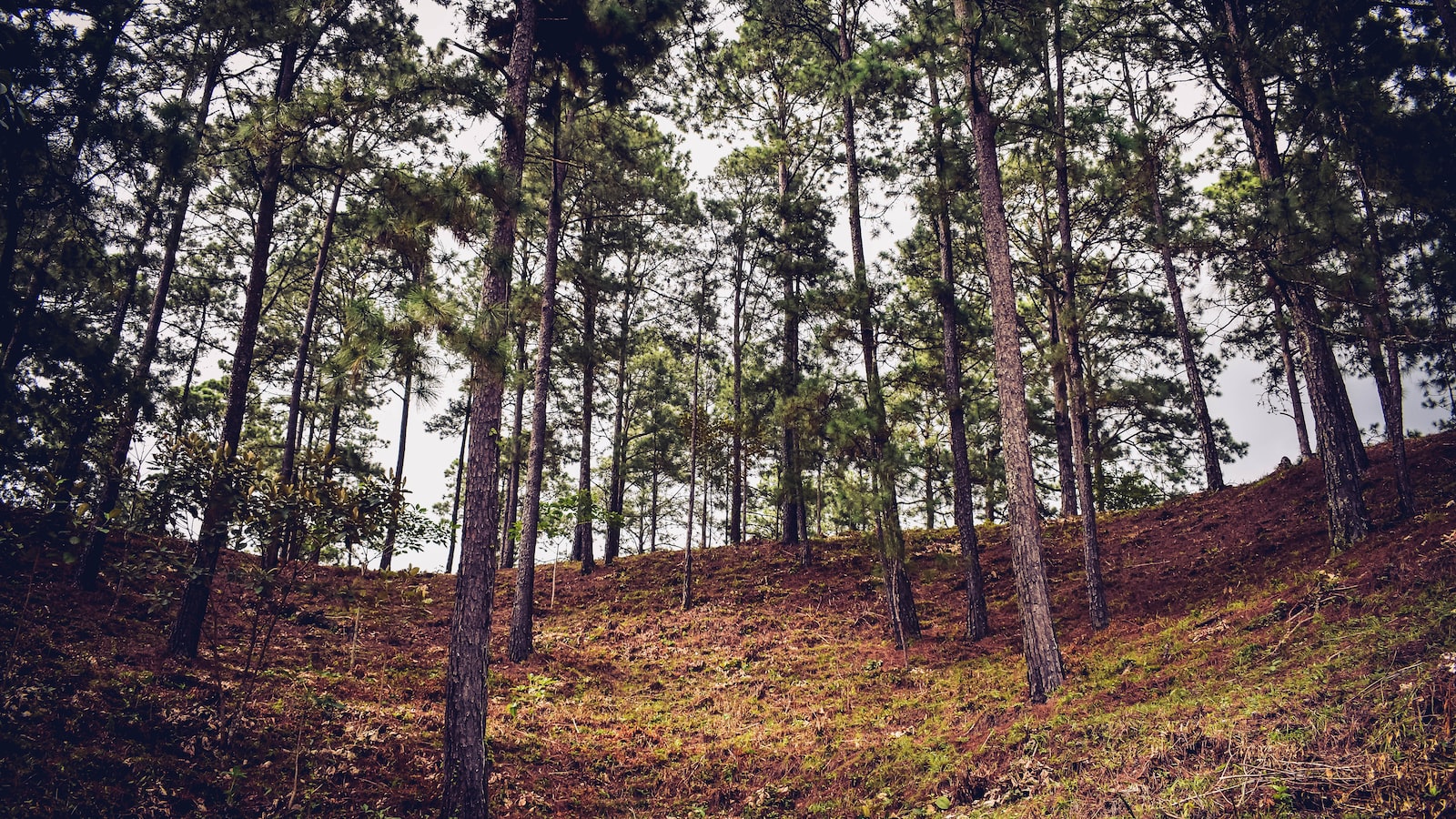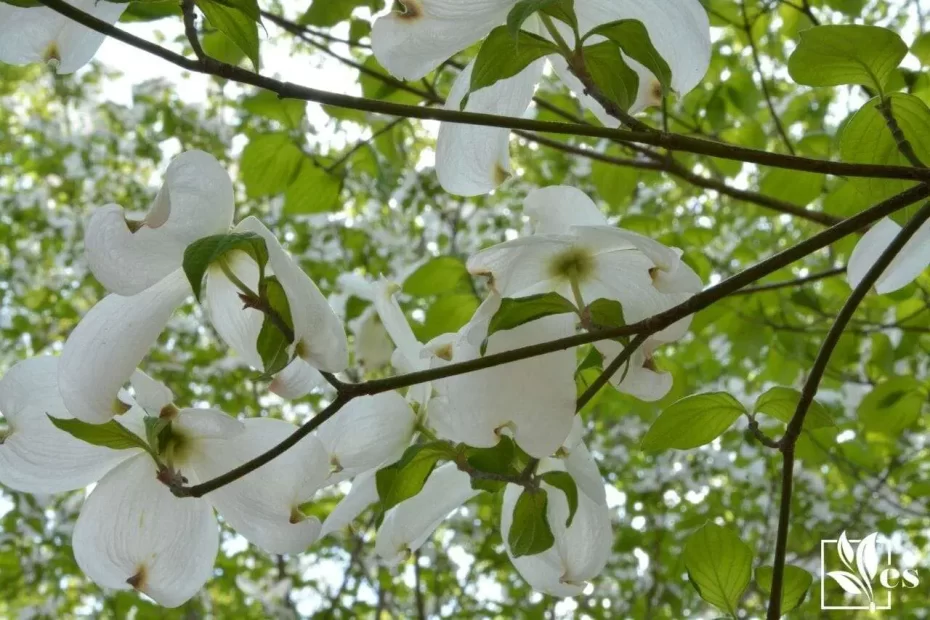In the quiet enchantment of a blooming garden, where vibrant colors dance among the foliage, there stands a majestic tree worthy of admiration: the dogwood tree. With its delicate petals resembling a flurry of star-shaped snowflakes, it has charmed many a passerby. But what happens when this ethereal beauty suddenly begins to wither, losing its vigor and vitality? It is in these moments that the true resilience and dedication of a gardener shines through, as they embark on a quest to save a dying dogwood tree. With a tender touch and a wealth of knowledge, they engage in a silent battle against nature’s sudden wrath, determined to restore this magnificent marvel to its former glory. Join us as we explore the secrets, remedies, and unwavering devotion required to revive a struggling dogwood tree and once again witness it flourish amidst the kaleidoscope of nature’s most breathtaking tapestry.
Reviving a Struggling Dogwood Tree: A Guide to Save Your Beloved Ornamental
Saving Your Dying Dogwood Tree
Is your once-vibrant dogwood tree exhibiting signs of distress? Don’t despair, for it is not too late to revive your beloved ornamental and bring it back to its former glory. Dogwood trees, with their delicate blossoms and elegant structure, can make a stunning addition to any garden or landscape. Here are a few essential tips to help you save your dying dogwood tree and witness its miraculous transformation:
1. Assess and Diagnose:
Start by carefully examining your dogwood tree, looking for any visible signs of disease, pests, or damage. Common issues may include leaf discoloration, wilting, sparse foliage, or canopy decline. Identifying the underlying problem is crucial to determining the appropriate course of action.
2. Proper Watering Techniques:
Ensure your struggling dogwood tree receives adequate hydration by establishing a consistent watering routine. Remember, overwatering can be just as harmful as underwatering. Water deeply but infrequently, allowing the soil to dry slightly between waterings. Mulching the base of the tree will help retain moisture and regulate soil temperature.
3. Pruning and Fertilizing:
Pruning your dogwood tree can promote airflow and light penetration, reducing the likelihood of disease. Remove any dead, damaged, or crossing branches and encourage a balanced canopy. Additionally, providing proper nourishment is essential for its revival. Use a slow-release fertilizer specifically formulated for dogwoods in early spring and follow the instructions for optimal results.
| Features | Tips |
|---|---|
| Regular Inspections | Be vigilant about inspecting your dogwood tree for any signs of distress or potential issues. |
| Implement Pest Control | Utilize organic or appropriate chemical treatments to combat pests that may harm your dogwood tree. |
| Protective Measures in Winter | Wrap the trunk and lower branches with burlap or a protective material to shield the tree from harsh winter conditions. |
Remember, saving a struggling dogwood tree requires patience, dedication, and consistent care. By following these guidelines and adapting them to the specific needs of your tree, you can revive its health and witness the remarkable rebirth of your beloved ornamental.

Understanding the Signs of a Dying Dogwood Tree: Identifying the Cause and Taking Action
When it comes to saving a dying dogwood tree, it’s essential to know how to identify the signs of distress and take the necessary steps to revive it. Dogwood trees are known for their stunning beauty and vibrant blossoms, but they are also susceptible to various diseases, pests, and environmental factors that can lead to their decline. By understanding the signs and causes of a dying dogwood tree, you can take the right action to restore its health and preserve its beauty for years to come.
To begin, let’s explore some common signs that indicate a dogwood tree is in trouble. Wilted leaves, discolored foliage, and the presence of pests are all red flags that something is amiss. Take a closer look at the bark as well – if you notice cracks, cankers, or oozing sap, it may suggest a more serious underlying issue. Identifying the cause is crucial, and it could range from fungal infections and nutrient deficiencies to improper pruning or inadequate water drainage.
| Features | Tips |
|---|---|
| Wilting or discolored leaves | Regularly check the moisture levels of the soil surrounding the tree and adjust watering accordingly. |
| Pest infestation | Implement natural pest control methods, such as introducing beneficial insects or using horticultural oil. |
| Cracks or cankers on the bark | Consult a certified arborist to assess the extent of damage and recommend appropriate treatment options. |
Once you’ve identified the cause, it’s time to take action. Depending on the issue, the solutions may vary, but there are several general steps you can take to nurse your dying dogwood tree back to health. Start by removing any dead or diseased branches, as they can inhibit the tree’s ability to recover. Additionally, ensure that the soil is well-draining, amend it with organic matter if necessary, and provide appropriate nutrient supplementation. Regularly monitor the tree’s moisture levels, avoiding both overwatering and underwatering, as extremes can further stress the dogwood.
Remember, saving a dying dogwood tree requires patience, perseverance, and a proactive approach. Seeking professional advice from a tree care specialist can provide invaluable guidance tailored to your specific situation. By taking action and providing the necessary care, you can breathe new life into your dogwood tree, allowing it to once again grace your landscape with its majestic beauty.



